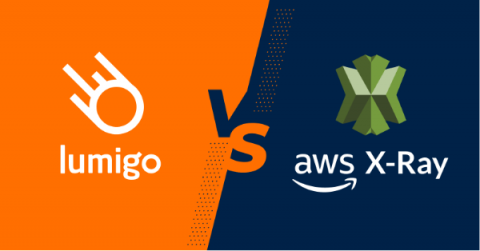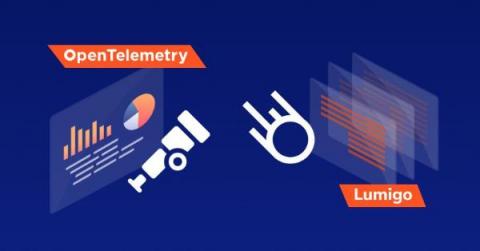What's in an instrumentation? An SQS and Python study
At Lumigo, we keep improving the coverage and quality of our distributed tracing instrumentation to give you, through Lumigo’s transactions, the most accurate and intuitive representation of how your distributed system behaves. In this blog, we cover a recent development for the Amazon SQS instrumentation in Lumigo’s OpenTelemetry distro for Python, providing a seamless experience for a scenario that otherwise would result in confusing, broken transactions and lost insights.











